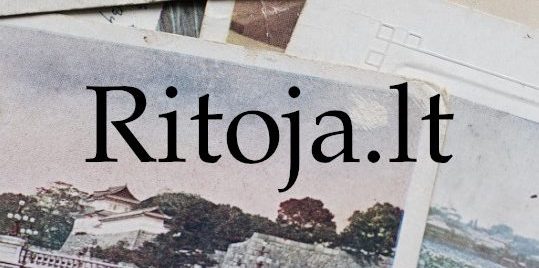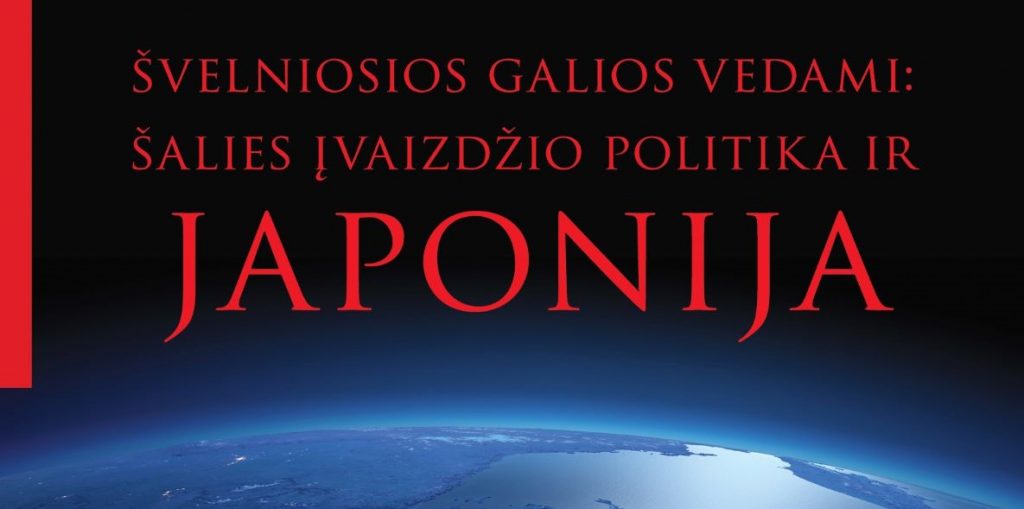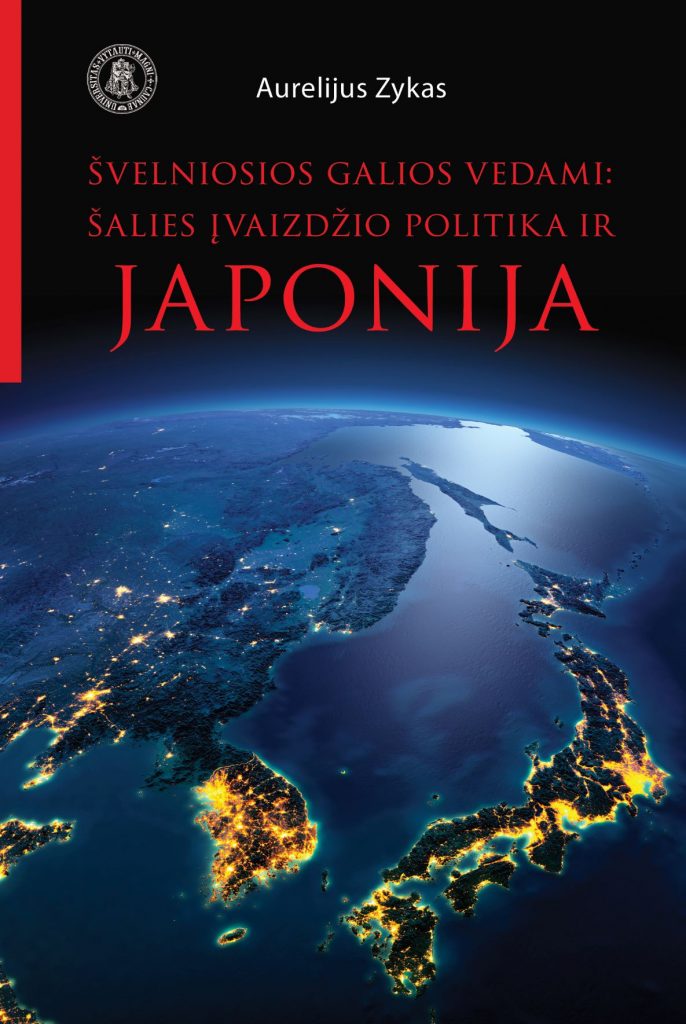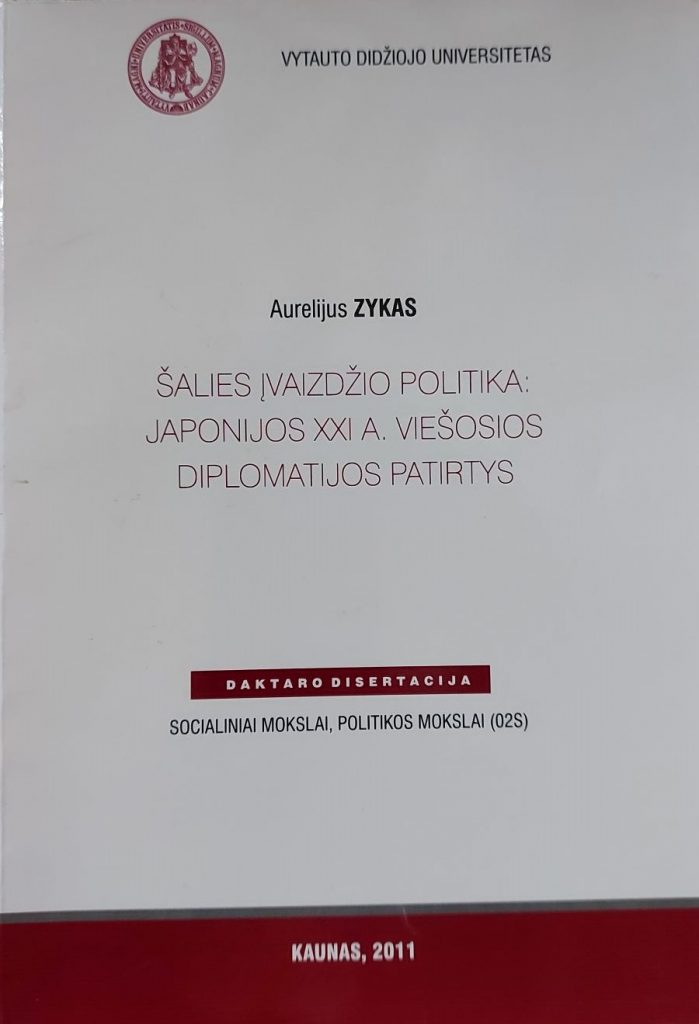Please, feel free to look through the academic and creative works, created by me and my colleagues. Among them are academic publications, documentaries and travelogues.
Documentaries
I am happy that together with a great team, Kristijonas Jakubsonas and Linas Didvalis, we can present the results of our research in a simpler language, that of documentaries. During 2018-2021, three of our films dedicated to the history of Lithuanian-Japanese relations were created.
Travelogues
Let’s travel. And by saying that, I mean traveling in the broadest sense. The journeys that we implement by planes, trains, our feet, virtual reality technologies, books, or simply by the power of imagination. Only while traveling, we understand, perceive, enlighten, and we become human.
Academic publications
For a long time, my research interests focused on the issues of public diplomacy and country image communication. Defended in 2011, my doctoral dissertation examined, how Japan shapes its international image and develops soft power through the mechanisms of cultural diplomacy and information policy. However, I am also interested in the processes of ethnic identity construction, ethnic and linguistic policy in East Asia.
In the last decade, together with the team we have been paying a lot of attention to the history of Lithuanian-Japanese relations. And in 2016, I finally managed to realize my dream and publish a comprehensive Lithuanian-Japanese dictionary.



















